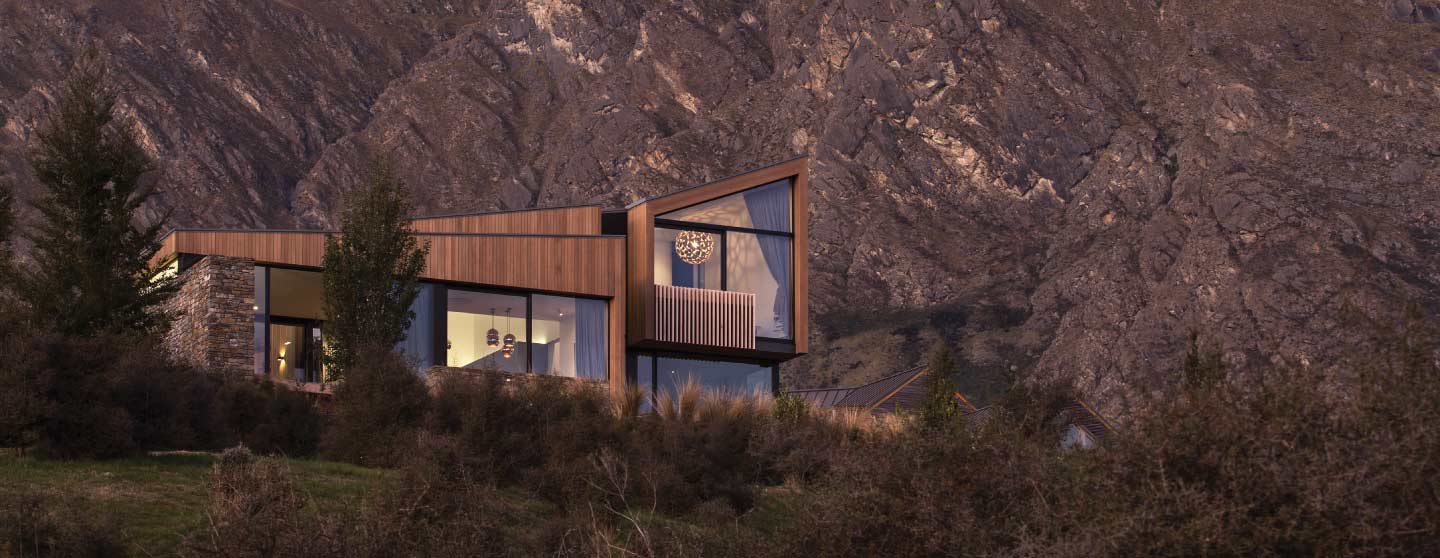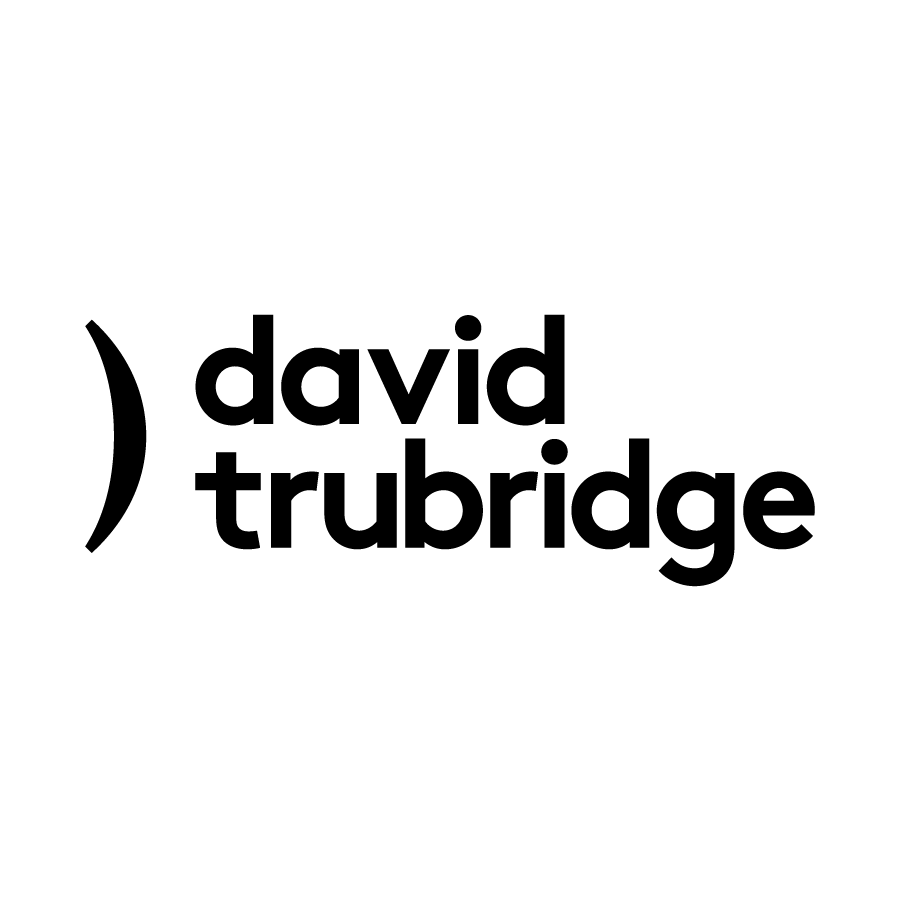

David Trubridge Ltd

Hawke's Bay Region, New Zealand
August 2023
Wood & wood products
Manufacturing
Australia,
Denmark,
France,
Germany,
Japan,
New Zealand,
United Kingdom,
United States
David Trubridge’s early work came to prominence in 2001 when the Italian design house Cappellini bought the rights for his recliner Body Raft. The Coral light followed in 2003, establishing a blueprint for kitset products that minimised environmental footprint. Today, David Trubridge Ltd makes everything in our New Zealand factory — which includes a showroom and design studio. We have a team of skilled designers working on a range of projects: both bespoke for an international client base and for our own production. The company also has a dedicated design facility; DT Studio, which works internationally on commission work, public art and licensed designs for other companies. These projects have taken place all over the world and for varied clients, both large corporations and small businesses. We can project manage for, or collaborate with, an existing team. We accommodate any scale from awards to giant sculptures. We have worked on a varied range of projects including fabric collections, wall coverings, sustainable outdoor screening, acoustic products and natural homewares. We believe that every day is a footprint in time for which we must be held accountable. We aim to be as sustainable as possible.
Overall B Impact Score
Governance 15.0
Governance evaluates a company's overall mission, engagement around its social/environmental impact, ethics, and transparency. This section also evaluates the ability of a company to protect their mission and formally consider stakeholders in decision making through their corporate structure (e.g. benefit corporation) or corporate governing documents.
What is this? A company with an Impact Business Model is intentionally designed to create a specific positive outcome for one of its stakeholders - such as workers, community, environment, or customers.
Workers 23.2
Workers evaluates a company’s contributions to its employees’ financial security, health & safety, wellness, career development, and engagement & satisfaction. In addition, this section recognizes business models designed to benefit workers, such as companies that are at least 40% owned by non-executive employees and those that have workforce development programs to support individuals with barriers to employment.
Community 30.6
Community evaluates a company’s engagement with and impact on the communities in which it operates, hires from, and sources from. Topics include diversity, equity & inclusion, economic impact, civic engagement, charitable giving, and supply chain management. In addition, this section recognizes business models that are designed to address specific community-oriented problems, such as poverty alleviation through fair trade sourcing or distribution via microenterprises, producer cooperative models, locally focused economic development, and formal charitable giving commitments.
What is this? A company with an Impact Business Model is intentionally designed to create a specific positive outcome for one of its stakeholders - such as workers, community, environment, or customers.
Environment 31.5
Environment evaluates a company’s overall environmental management practices as well as its impact on the air, climate, water, land, and biodiversity. This includes the direct impact of a company’s operations and, when applicable its supply chain and distribution channels. This section also recognizes companies with environmentally innovative production processes and those that sell products or services that have a positive environmental impact. Some examples might include products and services that create renewable energy, reduce consumption or waste, conserve land or wildlife, provide less toxic alternatives to the market, or educate people about environmental problems.
What is this? A company with an Impact Business Model is intentionally designed to create a specific positive outcome for one of its stakeholders - such as workers, community, environment, or customers.
Customers 2.3
Customers evaluates a company’s stewardship of its customers through the quality of its products and services, ethical marketing, data privacy and security, and feedback channels. In addition, this section recognizes products or services that are designed to address a particular social problem for or through its customers, such as health or educational products, arts & media products, serving underserved customers/clients, and services that improve the social impact of other businesses or organizations.